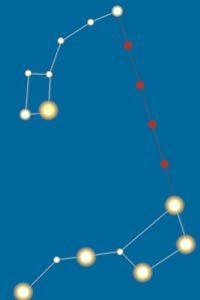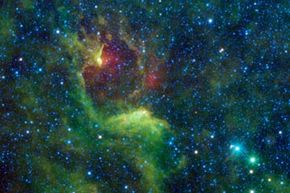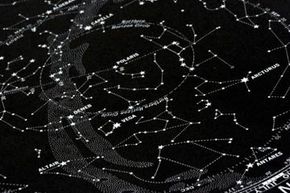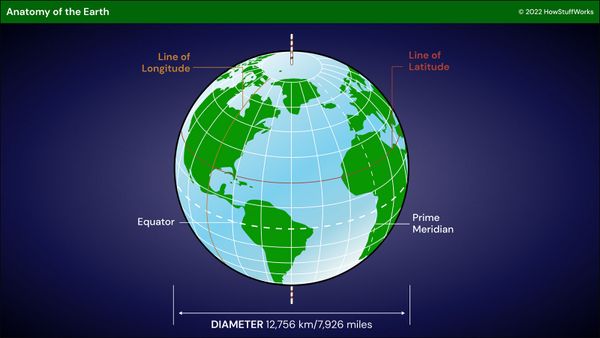When a damaged bow forced Steven Callahan out of a sailing race in 1982, his problems were just beginning. He docked for repairs, headed back into the Atlantic alone, and hours later his boat was smashed by a surfacing whale. He abandoned the sinking ship for a raft about 450 miles (724 kilometers) west of the Canary Islands [source: Jones].
Callahan survived a staggering two-and-a-half months at sea, lost, but not completely so: In the 77 days before a fishing boat spotted him near the Caribbean Islands, he tracked his movements and positions using the sky. Using three pencils tied together, he tracked his course over 1,800 miles (2,897 kilometers) and was only off by one degree [source: Thaler].
Advertisement
It's what sailors have been doing forever. Navigation requires landmarks, and in the open sea, the landmarks are celestial – sun, moon, planets, and stars. Before GPS, before the sextant, before even the compass, those who ventured across oceans found their way by looking up.
At night, they used mostly stars – individual stars and larger constellations with known positions in the sky and in relation to one another [source: Smith]. Sailors and other navigators tracked them out of necessity. The ancient astronomers who started mapping them at least 5,000 years ago did it out of love [sources: Sloan Digital Sky Survey, Thaler].
Star navigation is actually pretty straightforward, on a clear night, if you know what to look for. Stars are navigational landmarks because they're constants. Sure, they appear to move as the Earth rotates, but their actual positions and their orientations with regard to other stars never changes. So if you can see them, they can point the way. All you need is your eyes, your brain and your body to get a pretty accurate reading on where you are and where you're headed. Tools like compasses, sextants and maps make it easier and more accurate; GPS receivers make it mindless. Why bother, then, learning the natural approach?
Because compasses break. Maps get lost. GPS receivers malfunction – or just get it wrong.
But mostly, perhaps, because the universe is a great, mysterious code you can solve the tiniest bit by solving the stars.
So, you're in some desert. All is sand and sky. You need to move. It's nighttime. What do you do?
You look up.
Advertisement




